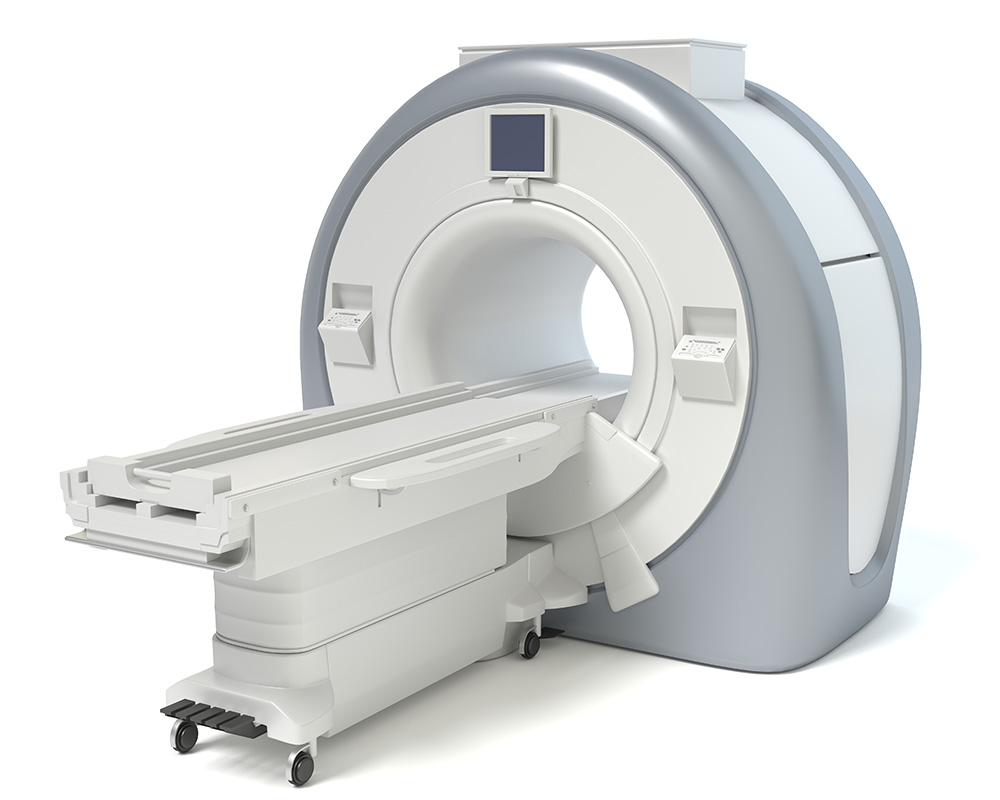EMC Question of the Week: January 20, 2020

In which application is active noise cancellation often a cost-effective alternative to shielding?
- low-frequency magnetic field interference
- low-frequency electric field interference
- interference from automotive radar
- AM radio interference from power inverters
Answer
The correct answer is "a". Low-frequency (DC - kHz) magnetic field shielding tends to be relatively inconvenient and expensive. It requires high-permeability materials that must capture and guide the field around the volume to be protected. At the same time, it's relatively easy to counter low-frequency magnetic interference by detecting the interfering field and generating an opposing field. Active noise cancellation is often used to protect instruments sensitive to magnetic interference such as scanning electron microscopes. It's also used to provide protection from strong magnetic field sources such as MRI machines.
Active noise cancellation as a means of protecting circuits from low-frequency electric field interference is certainly feasible. It is rarely done in practice, however, since electric field shielding is easily accomplished using lightweight conductive materials.
AM radio (0.5 - 1.7 MHz) interference from power inverters is electric field coupled and readily addressed by proper inverter design and inexpensive shielding. Also, It would be difficult to cancel the field from the inverter without cancelling the AM radio signal.
Automotive radar operates at a frequency much too high (typically 75 GHz) for active noise cancellation to be effective.
Have a comment or question regarding this solution? We'd like to hear from you. Email us at
